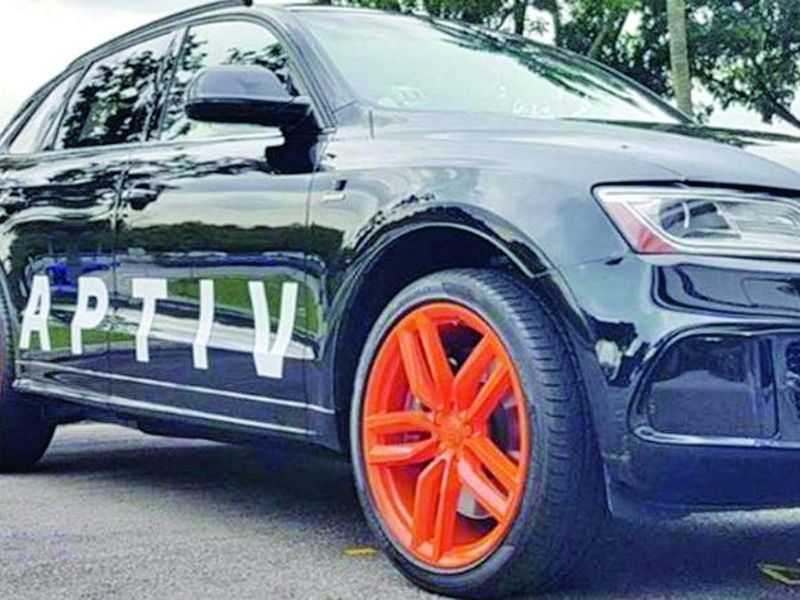
Demand for active safety systems is increasing the number of sensors in cars, but technology supplier Aptiv believes it can significantly reduce costs by using a central processor.
The Ireland-based company says it will launch a scalable platform that links sensors within a car to deliver up to Level 2-plus autonomy.
By replacing smart sensors with simpler versions that feed into a central processor, Aptiv claims it can cut an automaker’s cost for an advanced driver assistance system by nearly 90 percent for vehicles using the same architecture.
The cost reduction would be 50 percent for vehicles on different platforms, David Paja, president of Aptiv’s advanced safety and user experience division, told journalists during an online briefing this month.
Paja said Aptiv’s new system will be available with Level 2-plus capability next year, adding that it would also be possible to provide over-the-air updates to the technology.
Level 2 systems that are in use by multiple automakers combine features such as adaptive cruise control and lane keeping to assist the driver in traffic jams or when traveling on the highway. Level 2-plus systems provide more assistance, but the driver is still responsible at all times.
Aptiv said it has three automaker customers for its cost-saving solution, beginning earlier this year. Two additional vehicle makers will launch models with the system next year. The supplier expects 10 million cars to be equipped with the system by 2025.
The Aptiv system allows a combination of sensors from short- to long-range radar and cameras that all feed into the central processor. Removing the job of processing the information from the sensors and giving it to the central processor brings multiple benefits, the company said.
The simpler sensors are smaller and lighter, allowing for easier packaging. Paja said the setup reduces weight by 30 percent compared with a current network of smart sensors. The multiple feeds into the central processor give a better all-around view of what is happening, Aptiv said. The system fuses up to 96 objects into a single view, giving clearer warning of danger ahead, even if that danger is obscured from the view of one or more sensors, the company said.
Aptiv makes its own radar and cameras and works with Mobileye on vision algorithms to understand what sensors are seeing. It also provides the central controller and software, although automakers can add elements of their own.
The first car equipped with Aptiv’s centralized active safety processor was the Audi A8. The automaker’s flagship sedan was expected to be the first car to offer Level 3 autonomous driving, which would take control of driving under certain conditions.
However, Audi never received regulatory approval to activate the system and this year abandoned plans to introduce Level 3 autonomy on the A8.
Aptiv estimates that half of all cars sold today have some active safety features, which include automatic emergency braking. The supplier expects that number to rise to 70 percent by 2025.
About 30 percent of Aptiv’s total revenue in 2019 came from its advanced safety and user experience division. Features such as blind-spot warning, adaptive cruise control and active lane keeping have proved popular with buyers, Paja said.
“In the entry level, it’s driven by legislation,” Paja said. “But what drives the bigger focus is the consumer pull.”
Aptiv rivals in the sector include Robert Bosch, Continental, Magna International and Veoneer. When informed that a rival claimed to have a system that could reduce the cost of advanced driver assistance by such a dramatic amount, Veoneer CEO Jan Carlson was skeptical.
“If someone says that is possible, I would want to know more about how that was achieved,” he told Automotive News Europe.
But Carlson agreed that the cost of active safety solutions will go down “with the scale effects of deploying a technology throughout a fleet.”
“The industry is undergoing a step change as central computing gets introduced to the architectures,” he said.
Aptiv ranks No. 18 on Automotive News’ list of the top 100 global suppliers, with worldwide sales to automakers of $12.8 billion in 2019.